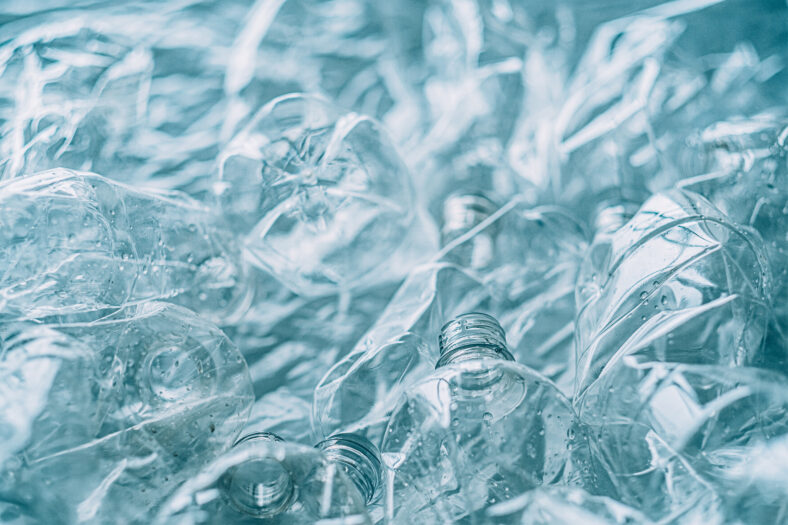This Plastic-Eating Insect Has The Potential To Join The Fight Against Pollution

A plastic-eating insect in Kenya may be a potential ally to join in the fight against plastic pollution. Scientists have discovered that a beetle larvae from the Alphitobius genus can consume and break down polystyrene. It is the first time an African insect species has been found to do this.
Polystyrene is a plastic material commonly known as styrofoam. It is used in electronic, industrial, and food packaging.
It is durable and does not degrade easily. Traditional recycling methods, such as chemical and thermal processing, are costly and can create pollutants.
The recent discovery could be useful in managing plastic waste in Africa, the world’s second-most plastic-polluted continent.
In the new study, a team of researchers from the International Center of Insect Physiology and Ecology discovered that the Kenyan lesser mealworms can chew through polystyrene and host bacteria in their guts to help them digest the material.
The lesser mealworm’s larval period lasts between eight and 10 weeks. It mostly inhabits warm poultry houses that offer a constant supply of food.
Lesser mealworms are thought to have originated in Africa, but they can be found in many other countries. The species that the researchers identified could be a subspecies of the Alphitobius genus.
The team carried out an experiment in which the larvae were fed polystyrene, bran, or a combination of polystyrene and bran. The mealworms on the polystyrene-bran diet saw higher rates of survival than those on a strict polystyrene diet.
They also consumed polystyrene more efficiently than those on a polystyrene-only diet. The mealworms eating only polystyrene still survived, but they did not have enough nutrition to make them break down polystyrene efficiently.

Sign up for Chip Chick’s newsletter and get stories like this delivered to your inbox.
Clearly, it’s important that the insects maintain a nutrient-dense diet when consuming plastic. They could be eating the polystyrene because it is made up mostly of carbon and hydrogen, which might be a source of energy for them.
The mealworms on the polystyrene-bran diet were able to degrade about 11.7 percent of the total polystyrene over the course of the one-month experiment.
An analysis of the mealworm gut showed high levels of bacteria that can adapt to a range of environments and break down complex substances.
There was also an abundance of the bacterias Kluyvera, Lactococcus, and Klebsiella. They are known for producing enzymes that aid in the digestion of synthetic plastics.
The new findings raise the possibility of using the insects as tools to help eliminate plastic waste with more speed and efficiency. However, it would not be practical to unleash an army of insects into trash sites.
Instead, the microbes and enzymes they produce can be used to create solutions that address plastic waste on a large scale.
The study was published in Scientific Reports.
More About:News